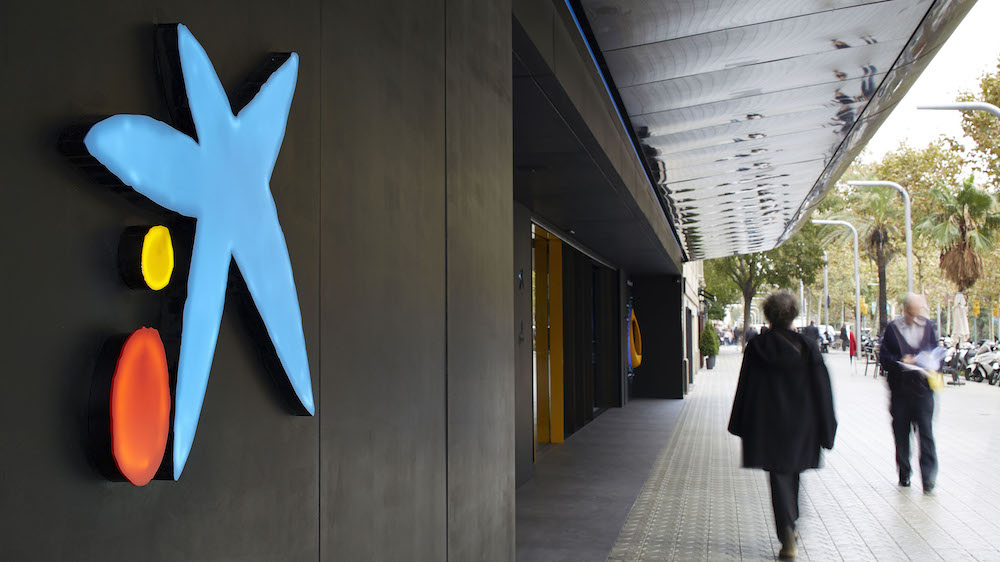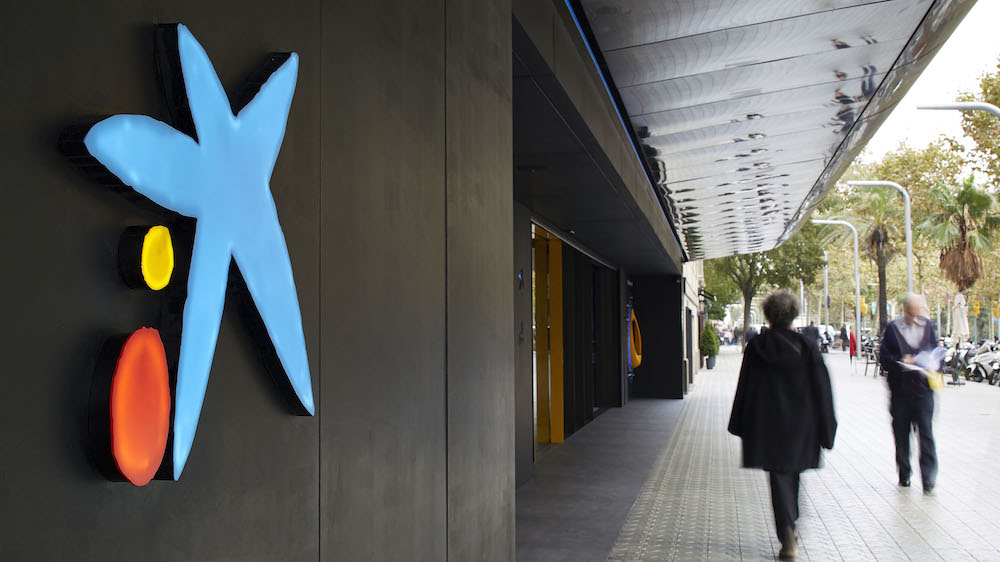
Among European banks, CaixaBank is one of the most innovative, as acknowledged by the American magazine Global Finance in 2019. And to remain innovative in its relationship with the client, the bank must also innovate in the utility room, the "back office", which the client does not see, but which he uses, or will use, on a daily basis.
To stay at the forefront of technology, CaixaBank was convinced by IBM to test the contributions of quantum computing on two concrete cases.
Both at IBM and among customers, what everyone is looking for today is proof of the interest of quantum computing over traditional computing, the famous "quantum advantage".
To carry out this Proof of Concept (PoC), CaixaBank's R&D department built two fictitious portfolios, but on the basis of real data. A mortgage portfolio and a Treasury bond portfolio. The objective of the PoC was to verify whether the use of quantum algorithms to measure the risk of these portfolios, and a quantum computer to run the algorithm, would improve the risk assessment process.
The calculations were carried out in parallel on traditional systems. First step was to check the results obtained. Validated test, since the same conclusions were calculated by both systems. The second step is the calculation speed. And here, the results are impressive since these same results are obtained much faster with quantum technology. In the long run, it would be possible to reduce a calculation time from several days to a few minutes!
Thus, on these tests, the quantum advantage is not demonstrated yet. Indeed, the calculations performed on the quantum computer, are also performed on a conventional machine. Quantum computing does not allow, in the context of this test, to perform a calculation that would be beyond the reach of a conventional computer. But as volumes increase, so will complexity, exponentially. On the one hand, the computation time will become too long on a conventional system; on the other hand, from a certain portfolio volume, only a quantum system will allow this calculation to be performed on a human time scale.
The infrastructure used by CaixaBank is therefore the IBM open source framework Qiskit, which also provided a simulator, and remote access to a quantum computer with a 16 qubits processor.
To develop risk assessment algorithms, the CaixaBank team relied on academic work carried out in collaboration with IBM Research in Switzerland and IBM Spain: "Credit Risk Analysis using Quantum Computers ", by Daniel J. Egger, Ricardo García Gutiérrez, Jordi Cahué Mestre, and Stefan Woerner. Their article was published in July of this year.
CaixaBank intends to continue its investigations in quantum computing, for optimization algorithms, machine learning, and cryptography.
To stay at the forefront of technology, CaixaBank was convinced by IBM to test the contributions of quantum computing on two concrete cases.
Both at IBM and among customers, what everyone is looking for today is proof of the interest of quantum computing over traditional computing, the famous "quantum advantage".
To carry out this Proof of Concept (PoC), CaixaBank's R&D department built two fictitious portfolios, but on the basis of real data. A mortgage portfolio and a Treasury bond portfolio. The objective of the PoC was to verify whether the use of quantum algorithms to measure the risk of these portfolios, and a quantum computer to run the algorithm, would improve the risk assessment process.
The calculations were carried out in parallel on traditional systems. First step was to check the results obtained. Validated test, since the same conclusions were calculated by both systems. The second step is the calculation speed. And here, the results are impressive since these same results are obtained much faster with quantum technology. In the long run, it would be possible to reduce a calculation time from several days to a few minutes!
Thus, on these tests, the quantum advantage is not demonstrated yet. Indeed, the calculations performed on the quantum computer, are also performed on a conventional machine. Quantum computing does not allow, in the context of this test, to perform a calculation that would be beyond the reach of a conventional computer. But as volumes increase, so will complexity, exponentially. On the one hand, the computation time will become too long on a conventional system; on the other hand, from a certain portfolio volume, only a quantum system will allow this calculation to be performed on a human time scale.
The infrastructure used by CaixaBank is therefore the IBM open source framework Qiskit, which also provided a simulator, and remote access to a quantum computer with a 16 qubits processor.
To develop risk assessment algorithms, the CaixaBank team relied on academic work carried out in collaboration with IBM Research in Switzerland and IBM Spain: "Credit Risk Analysis using Quantum Computers ", by Daniel J. Egger, Ricardo García Gutiérrez, Jordi Cahué Mestre, and Stefan Woerner. Their article was published in July of this year.
CaixaBank intends to continue its investigations in quantum computing, for optimization algorithms, machine learning, and cryptography.








 The French startup ColibriTD has raised €1 million in funding from the Earlybird fund to make quantum computing universally accessible
The French startup ColibriTD has raised €1 million in funding from the Earlybird fund to make quantum computing universally accessible